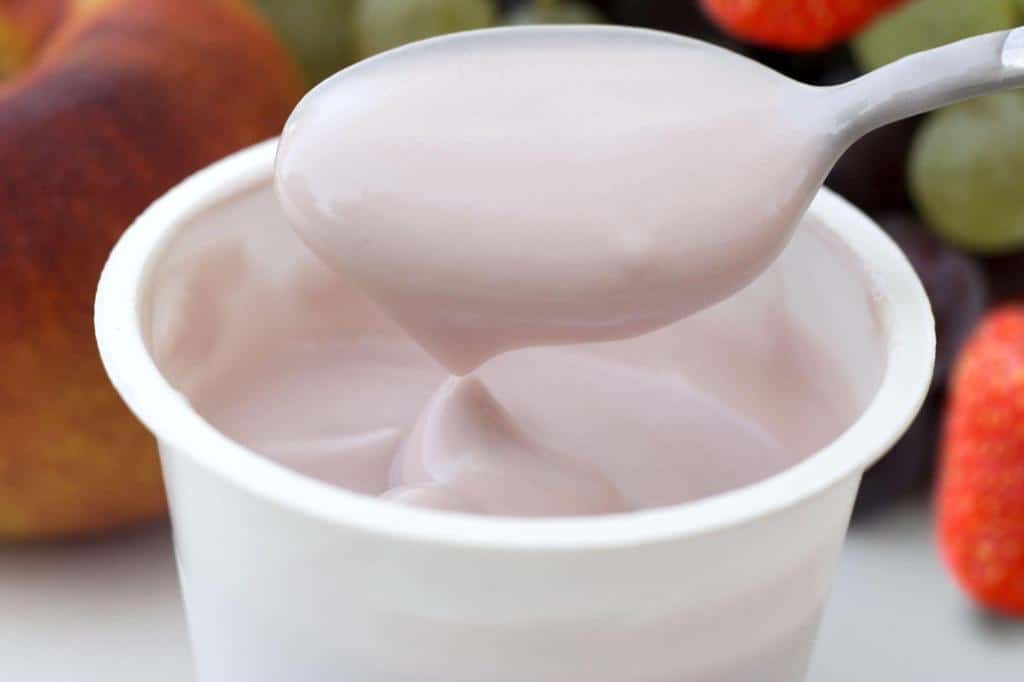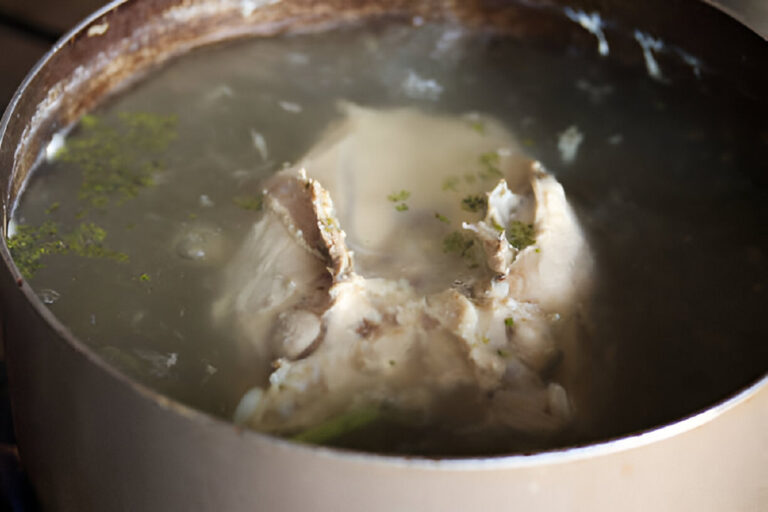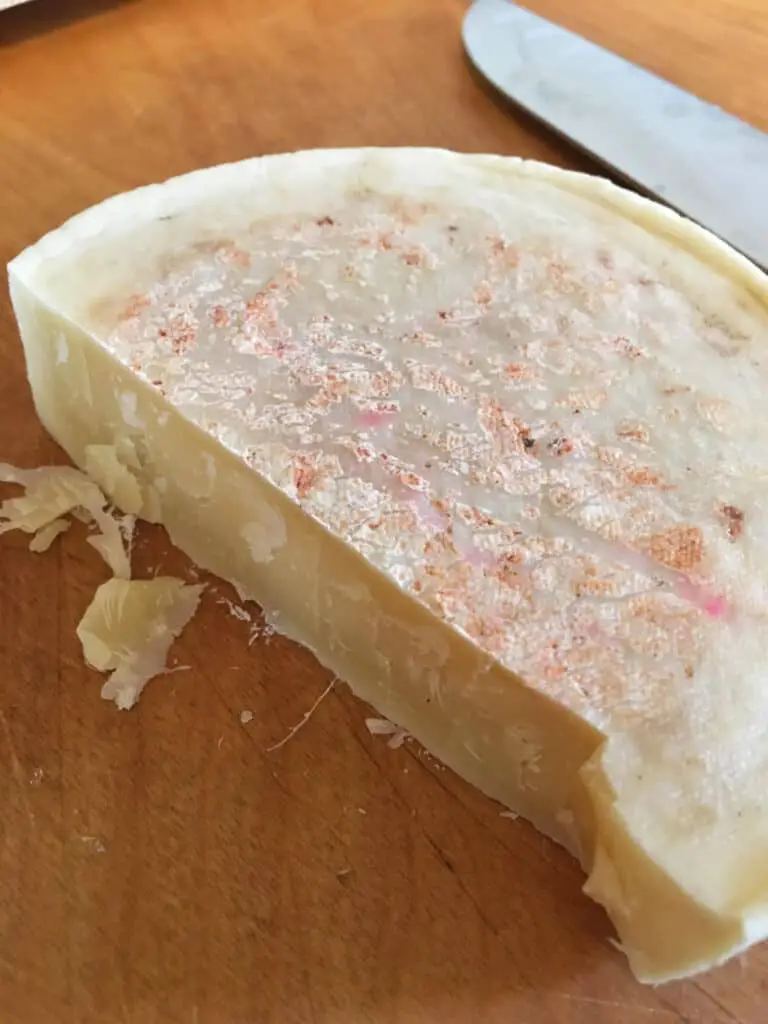Orange Mold on Yogurt: Is It Dangerous and Can You Still Eat It?

Many people around the world enjoy yogurt as a food item. It is a nutritious snack that is rich in calcium, protein, and probiotics, which makes it a perfect food item for people of all ages.
If you’ve ever opened up a container of yogurt to find orange mold growing on the surface, you’re not alone. It’s a common problem, and many people wonder whether it’s safe to eat or not. This can raise concerns about the safety of eating moldy yogurt, and whether it poses any health risks.
In this article, we’ll explore the topic of orange mold on yogurt, including its potential dangers and whether or not it’s still safe to consume.
Basic of Mold
Mold is a type of fungus that grows in warm, damp environments. It is a common occurrence in foods, especially dairy products like yogurt. Mold can grow on yogurt when it is exposed to air or if it has been stored improperly.
The most common type of mold found on yogurt is white or green in color, but it can also appear orange or pink. Orange mold and pink mold on yogurt is a cause for concern because it looks unappetizing and it can be difficult to determine whether it is safe to eat.
Types of Mold
There are different types of mold that can grow on yogurt, including Penicillium, Aspergillus, and Cladosporium. These molds can be white, green, black, or orange in color. Typically, the Penicillium fungi are to blame for orange mold on yogurt. It is important to note that not all molds are harmful, but some can produce toxins that can be harmful to human health.
What is Orange Mold?
Orange mold is a type of fungus that can grow on a variety of surfaces, including food. It’s often found on fruits and vegetables, as well as dairy products like cheese and yogurt. Orange mold can appear as a powdery substance or a fuzzy growth, and it’s usually bright orange in color.
How Does Orange Mold Grow on Yogurt?
Adding live cultures to milk and allowing it to ferment results in yogurt. During this process, the pH level of the milk drops, creating an acidic environment that helps prevent the growth of harmful bacteria. However, if the yogurt is contaminated with mold spores, the mold can grow on the surface.
Orange mold can grow on yogurt for a variety of reasons, including:
- Contamination from mold spores in the air
- Exposure to contaminated surfaces or utensils
- Exposure to high temperatures or humidity levels
Is Orange Mold on Yogurt Dangerous?
Orange mold on yogurt is generally not dangerous, as long as it’s only on the surface and hasn’t penetrated the yogurt. In fact, some types of mold are actually used in the production of certain types of cheese and other dairy products.
However, if the mold has penetrated the yogurt or if the yogurt has been contaminated with harmful bacteria, it could potentially be dangerous to consume. Signs that the yogurt may be unsafe to eat include:
- A foul odor or taste
- A slimy or discolored appearance
- A sour or off flavor
When Is Mold on Yogurt Safe to Eat?
Determining whether moldy yogurt is safe to eat can be tricky. However, there are some factors to consider before consuming it. If the mold is only on the surface of the yogurt, it is safe to eat as long as you remove the affected area. The moldy part should be removed at least an inch beyond the visible mold. The remaining yogurt should be fresh, with no signs of spoilage, such as a sour or off smell.
It is also essential to consider the individual’s immune system. People with weakened immune systems, such as those with HIV/AIDS, cancer patients, and organ transplant recipients, should avoid consuming moldy yogurt. Additionally, pregnant women should be cautious when consuming moldy foods, as mold exposure can be harmful to the fetus.
When Should Moldy Yogurt Be Discarded?
Mold on yogurt can be unsightly and concerning, but it’s not always a cause for alarm. However, you need to know when to discard moldy yogurt to prevent any potential health risks. While some types of mold are harmless, others can produce mycotoxins, which are harmful substances that can cause serious health problems.
When it comes to moldy yogurt, it’s essential to use your senses to determine whether it’s safe to consume. If you notice that the mold has penetrated the yogurt, it’s best to throw it out. This is because mold can spread quickly and easily throughout the yogurt, making it unsafe to eat.
One of the most significant signs that moldy yogurt should be discarded is a sour smell. If you detect an unpleasant odor coming from the yogurt, it’s a clear indication that the yogurt has gone bad. Another sign to look out for is a slimy texture. If the yogurt feels slimy or slippery to the touch, it’s an indication that the mold has been growing for some time and is no longer safe to consume.
Discoloration is another sign that moldy yogurt should be discarded. If you notice any brown, green, or black spots on the yogurt, it’s a clear indication that mold has been growing. While some types of mold may be harmless, it’s best to err on the side of caution and discard the entire container of yogurt.
It’s worth noting that if you’re unsure whether moldy yogurt is safe to eat, it’s best to discard it. Mold can be tricky to detect, and some types of mold can produce harmful toxins even if they’re not visible to the naked eye. By throwing out moldy yogurt, you can avoid any potential health risks and ensure that you’re consuming only safe and healthy foods.
Preventing Mold Growth on Yogurt
Preventing mold growth on yogurt is important to ensure that you enjoy a safe and delicious yogurt experience. Here are some additional tips to help prevent mold growth on yogurt:
- Use clean utensils and hands. When scooping yogurt from the container, it is important to use clean utensils and hands to prevent contamination. Any bacteria or mold on your hands or utensils can transfer to the yogurt, increasing the risk of mold growth.
- Avoid exposing yogurt to heat. Yogurt should be kept away from sources of heat, such as direct sunlight or heat vents, as this can cause the temperature to rise and promote mold growth.
- Avoid exposing yogurt to air. Exposure to air can cause the surface of the yogurt to dry out, making it more susceptible to mold growth. When storing yogurt, make sure to keep it in an airtight container.
- Don’t mix expired yogurt with fresh yogurt. When using multiple containers of yogurt, it is important to keep track of their expiration dates. Mixing expired yogurt with fresh yogurt can increase the risk of mold growth.
- Keep yogurt away from other foods. Yogurt should be stored separately from other food items to prevent cross-contamination. When storing yogurt in the refrigerator, keep it in a designated area away from other foods.
- Check the expiration date. Always check the expiration date on yogurt before purchasing it. Avoid buying yogurt that is close to or past its expiration date.
- Buy from a reputable source. It is important to purchase yogurt from a reputable source to ensure that it has been handled properly and is safe to consume.
- Regular cleaning of the refrigerator It is crucial to preventing mold growth on yogurt. Over time, bacteria and mold can build up in the refrigerator, and this can lead to cross-contamination between different food items. Therefore, it is important to clean the refrigerator regularly to prevent the growth of bacteria and mold.
By following these tips, you can help prevent mold growth on yogurt and ensure that you enjoy a safe and delicious yogurt experience.






